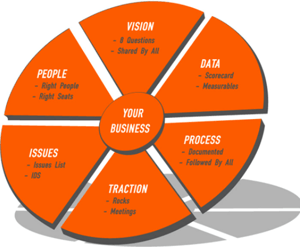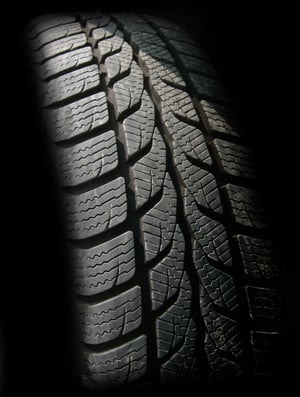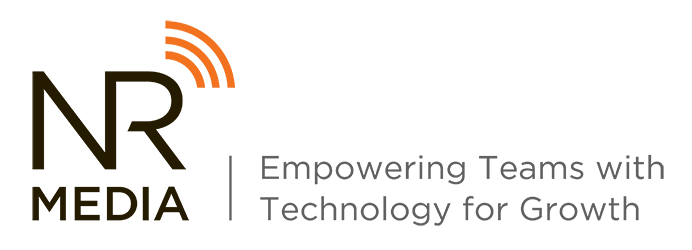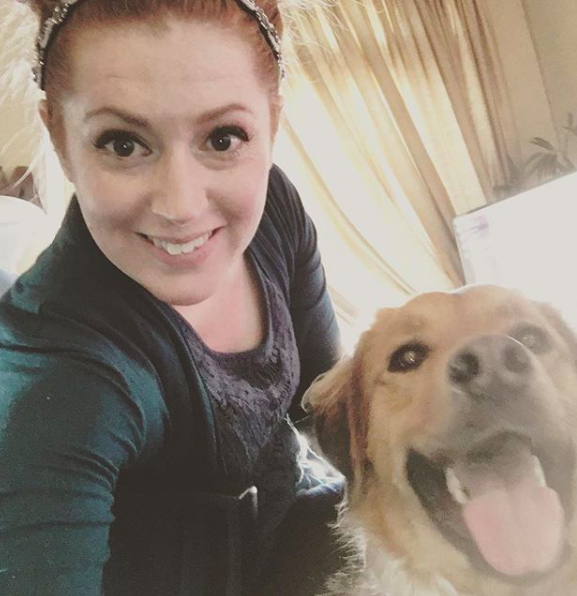 It's been just over one year since the NR Media Group team began our journey with the Entrepreneurial Operating System (EOS) made famous by Gino Wickman in the book Traction.
It's been just over one year since the NR Media Group team began our journey with the Entrepreneurial Operating System (EOS) made famous by Gino Wickman in the book Traction.
As a seasoned team member since 2014 and current Integrator for our company, I am able to take a walk down memory lane and reflect on how implementing EOS has changed our business in the past 13 months.
Taking a look back, I can see how EOS has bettered our operations, strengthened our leadership team, and helped us grow as a company.
Allow me, if you will, to regale you with how we have gained traction over the past year, what we've learned, and how we did things differently.
Building Traction
 If I had to make a general statement on how EOS has improved our operations, it would be this:
If I had to make a general statement on how EOS has improved our operations, it would be this:
EOS has allowed us to solidify processes, open communication, and create visibility to the business for our whole team.
Cool. How? Let's break it down:
Reduced Internal Chatter: Using an issue list to be worked at our weekly Level 10 meeting has eliminated those little office pop-ins (aka interruptions) we once bothered each other with.
Got an issue? Onto the issue list it goes for processing the following Monday. Naturally, we still have to knock on each other's door now and again, but the big, day-derailing questions are now held off until there is dedicated time to discuss and solve.
Complete Business Visibility: The whole Leadership Team has visibility to the operations of the business. Be it our mission, revenue goals, 3-year picture, etc., everyone knows what the plan is and where the business is headed. No secrets, no reason to not have all the information.
Complete Team Involvement: Every member of our Leadership Team has Rocks to complete every quarter. This means we're all doing our part to work towards achieving the goals of the business - goals that we set together. We meet weekly for our L10 meeting, and every quarter we hold a quarterly L10 where we review our business plan, making sure we have buy-in from all.
If you're a business larger than ours with folks that aren't a part of the Leadership Team, this still applies because Rocks assigned to leaders may have tasks that can be delegated to direct reports for completion. Everyone plays a role!
Measurable Tracking via Scorecard: Our business Scorecard makes sure we are reporting weekly on the metrics that are important to our business. Weekly check-ins to the Scorecard keep everyone accountable for their progress towards the goals.
Strengthened Visionary/Integrator Relationship: I'm fortunate to have a visionary with whom I jive really well, but holding a Same Page meeting has helped us grow as partners and aligned us on our dreams for the business.
If you're in a visionary/integrator relationship, I highly recommend reading Rocket Fuel, a follow-up to Traction that goes in depth with how the partnership works and benefits the company.
EOS Non-Negotiables
We found that to operate on EOS, there are some requirements that must be met to stride a successful path.
In my opinion, the following are required for EOS to work for your team:
- Complete Team Buy-In: It is essential that all members of your Leadership Team are committed to the program. This means attending every meeting (short of vacation time and emergencies). It means participating in issue processing - both identifying issues and participating to discuss and solve presented issues. Being vulnerable plays a role here - you have to be willing to ask "dumb" questions that help everyone understand the depth of your issues to achieve resolution.
- Meeting Structure: The L10 meeting has designated segments that make it successful. Holding to a regular meeting structure will help the whole team know when information or issues should present themselves. Historically meetings are held using one piece of paper for the whole team, for the whole meeting. Technology has gifted us with Traction Tools, which allows teams to hold L10 meetings via the web, if that's more your style
- Assigned Meeting Owner: Classically the L10 meetings are owned by the Integrator of your business. This person leads your L10 and keeps everyone on track. If you're not using EOS approved technology like Traction Tools, the meeting owner will need to keep time and be sure the meeting is moving along without veering, taking notes along the way.
- Implementer Guidance: In the spirit of honesty, we did not work with an EOS implementer to set up our VTO, Scorecard, etc. We are very fortunate to be in cahoots with a couple of implementers who were kind enough to share their wisdom with us, and the insight they have given has been invaluable. If you're just starting or struggling with beginning EOS with your team, I would recommend the inclusion of an implementer.
Mixing It Up
-2.png?width=300&name=Untitled%20design%20(1)-2.png) As a small business, we found a few ways to tweak the L10 meeting that molded it to fit our business. We understand that in some EOS circles, this is taboo. Don't judge us.
As a small business, we found a few ways to tweak the L10 meeting that molded it to fit our business. We understand that in some EOS circles, this is taboo. Don't judge us.
We do a lot of things by the (Traction) book, but there are few ways in which we made the system our own. The changes we made are minimal and were made to allow NR Media to use EOS to best benefit us:
Whole-Team Inclusion: Generally speaking, a Leadership Team would consist of only those directors and managers that oversee operations. As a small company, we chose to involve everyone in our Leadership Team. We saw more value in having everyone's opinion than just the "directors". But, again, we're small, so this wouldn't apply to a larger company.
Traction Tools vs Paper Docs: Some EOS elders would tell you that the only way to conduct an L10 is in person, hunched over a paper document.
Nothing wrong with this, but we're a digital agency who often works remotely. Having a tool that allowed us to hold our L10s online from different locations has made it possible for everyone to attend our weekly meetings, no matter the location.
Not to brag, but I attended all 52 meetings this year, and my team only missed one or two themselves, all due to scheduled vacations. Not too shabby!
Adjusted Meeting Structure: We had no issue with the original L10 meeting structure (Segue, Scorecard, Rock Review, Headlines, To-Dos, IDS, Conclude).
However, we rarely have enough issues to fill the 60 minutes allowed for IDS, but we do need time each Monday to go over our weekly sprint of client work. Therefore, we use the first 15-20 minutes of our IDS segment to go over our weekly sprint, aligning us on our tasks for the upcoming week. Then, we move on to tackle our issues.
We also included a section for TSP (Thoughtful Specific Praise) where we showcase how any individual on the team has shined in the week past. What better way to conclude your meeting than with some good vibes?
Sans implementer: Again, I DO NOT endorse working EOS without the help of an implementer. Many agencies we work with have enlisted implementer help, and I strongly recommend doing so if you're just starting out or in a sticky spot.
This year on EOS has brought a lot of change, as far as I can see, all positive. We operate more smoothly, have an agreed upon plan, and all work towards the same company goals. We have Traction, and for that, we're grateful.

